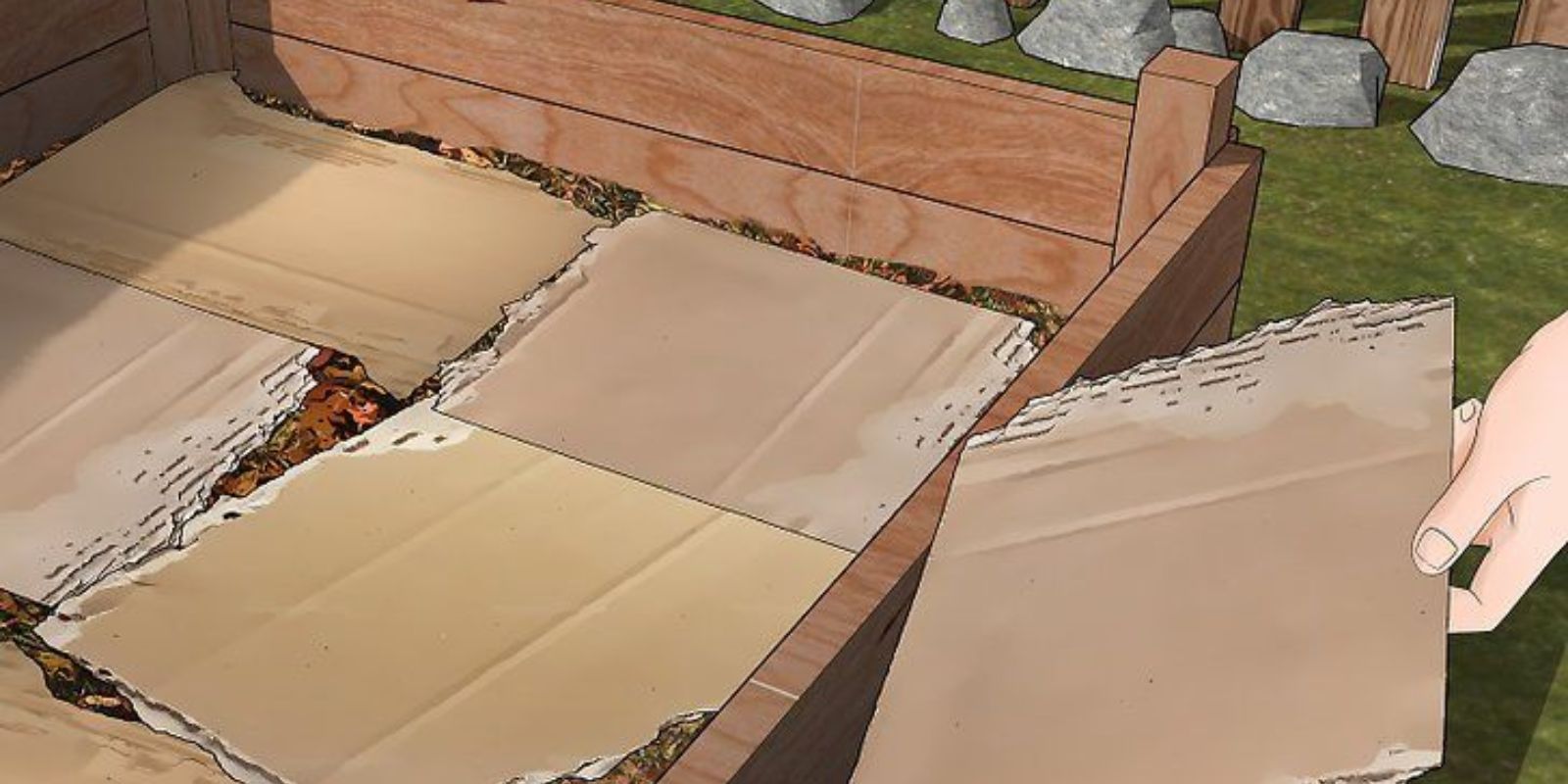Raised garden beds have revolutionized home gardening by offering better drainage, improved soil conditions, and a manageable gardening space. However, how you fill your raised garden bed determines its productivity and longevity. In this detailed guide, we’ll take you through 13 comprehensive steps to fill your raised garden bed, ensuring optimal plant growth and maximum yield.
Why Properly Filling a Raised Garden Bed Matters
The layering technique for filling raised beds mimics natural soil ecosystems. This method ensures:
- Efficient Drainage: Prevents waterlogging and root rot.
- Nutrient-Rich Soil: Supplies essential nutrients to plants over time.
- Cost Efficiency: Reduces the amount of expensive topsoil needed.
- Pest Control: Deters pests and weeds naturally.
Step 1: Choose the Right Location
Position your raised bed in a spot that receives at least 6–8 hours of sunlight daily. This is crucial for vegetables and flowers that thrive in full sun. If shade-tolerant plants dominate your garden, select a partially shaded area.
Step 2: Prepare the Base Layer
Line the bottom of your raised bed with cardboard or thick layers of newspaper. This suppresses weed growth and deters pests like burrowing rodents while allowing moisture and nutrients to permeate.
Step 3: Add a Coarse Organic Layer
Create a drainage layer using materials like:
- Twigs
- Small branches
- Wood chips
This base facilitates water drainage and promotes aeration.
Step 4: Introduce Green Material
Add a layer of nitrogen-rich green materials such as:
- Grass clippings
- Fresh garden trimmings
- Green leaves
These materials break down quickly, enriching the soil with nutrients.
Step 5: Incorporate Compostable Kitchen Waste
Use kitchen scraps like:
- Vegetable peelings
- Coffee grounds
- Crushed eggshells
Avoid including meat, dairy, or oily food waste, as these can attract pests and produce unpleasant odors.
Step 6: Add Aged Manure
A layer of well-rotted manure adds valuable nitrogen and other essential nutrients. Aged manure prevents harmful pathogens and ensures a safe planting medium.
Step 7: Layer with Compost
Apply a thick layer of mature compost. Compost acts as a powerhouse of organic matter, offering nutrients and improving soil texture.
Step 8: Add Garden Soil
Mix garden soil into the bed for structure and mineral content. Ensure the soil is free of contaminants and well-draining to avoid water retention issues.
Step 9: Top with Quality Topsoil
The top 4–6 inches of your raised bed should consist of high-quality topsoil, as this is where most plant roots will grow. You can purchase garden-grade soil or create your own blend by mixing soil with organic matter.
Step 10: Water Each Layer
Lightly water each layer to help the materials settle and promote decomposition. This step ensures even distribution of nutrients and prevents air pockets.
Step 11: Add Mulch (Optional)
Consider adding mulch to the top layer for benefits like:
- Retaining soil moisture.
- Regulating soil temperature.
- Preventing weed growth.
Materials like straw, shredded leaves, or wood chips work well as mulch.
Step 12: Test the Soil
Before planting, test the soil’s pH and nutrient levels using a soil test kit. Adjust accordingly:
- Add lime if the soil is too acidic.
- Incorporate sulfur to lower pH for acid-loving plants.
Step 13: Plant Your Seeds or Seedlings
With your bed now perfectly layered, you can plant your favorite vegetables, flowers, or herbs. Ensure proper spacing and care for each plant type.
Tips for Long-Term Maintenance
- Top Up Annually: Add fresh compost and organic matter each year to replenish nutrients.
- Regular Weeding: Pull out weeds to maintain healthy soil.
- Avoid Overwatering: Raised beds drain quickly, so adjust your watering schedule accordingly.
- Rotate Crops: Prevent soil depletion and reduce the risk of pests by rotating crops each season.
Cost-Effective Filling Ideas
If you’re on a budget, consider these tips:
- Source compost and soil from local garden centers or community compost projects.
- Use fallen leaves and grass clippings from your yard.
- Repurpose old materials like shredded cardboard or sawdust.
Why Raised Beds Are a Game-Changer
- Customizable Soil: Unlike in-ground beds, you have complete control over soil composition.
- Improved Drainage: Ideal for areas with heavy rainfall or poor soil conditions.
- Easier Access: Perfect for gardeners with limited mobility or space.
Conclusion
Filling your raised garden bed with a balanced mix of organic materials, soil, and compost creates a sustainable growing environment for plants. By following these 13 steps, you’ll ensure healthy soil structure, excellent drainage, and nutrient availability.
💬 Have you started your raised bed garden yet? Share your tips and photos below! Let’s inspire others to grow their own food!
#RaisedGardenBeds #GardeningHacks #GrowYourOwnFood #SustainableGardening #DIYGarden #HomeGardenGoals #GardeningTips

